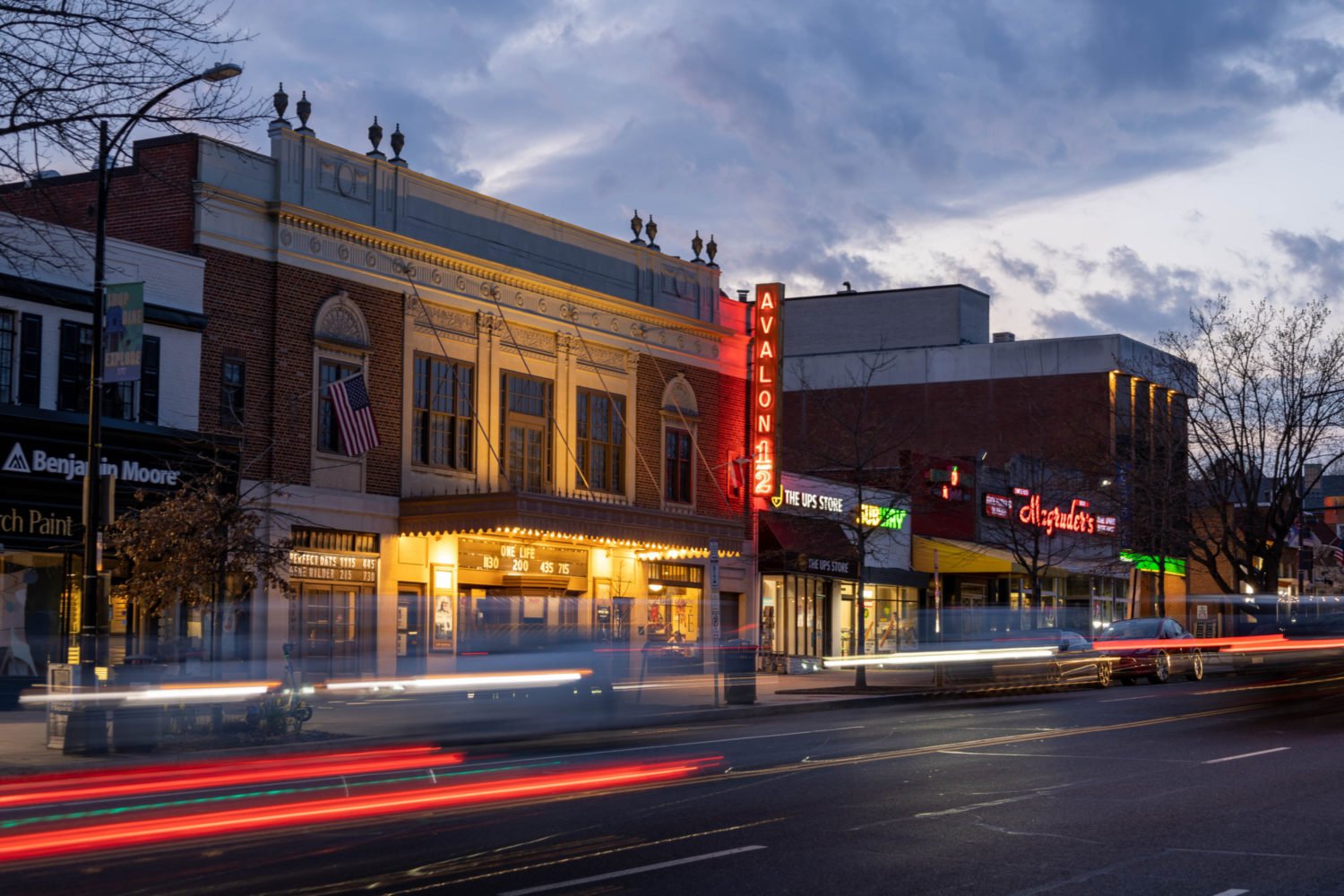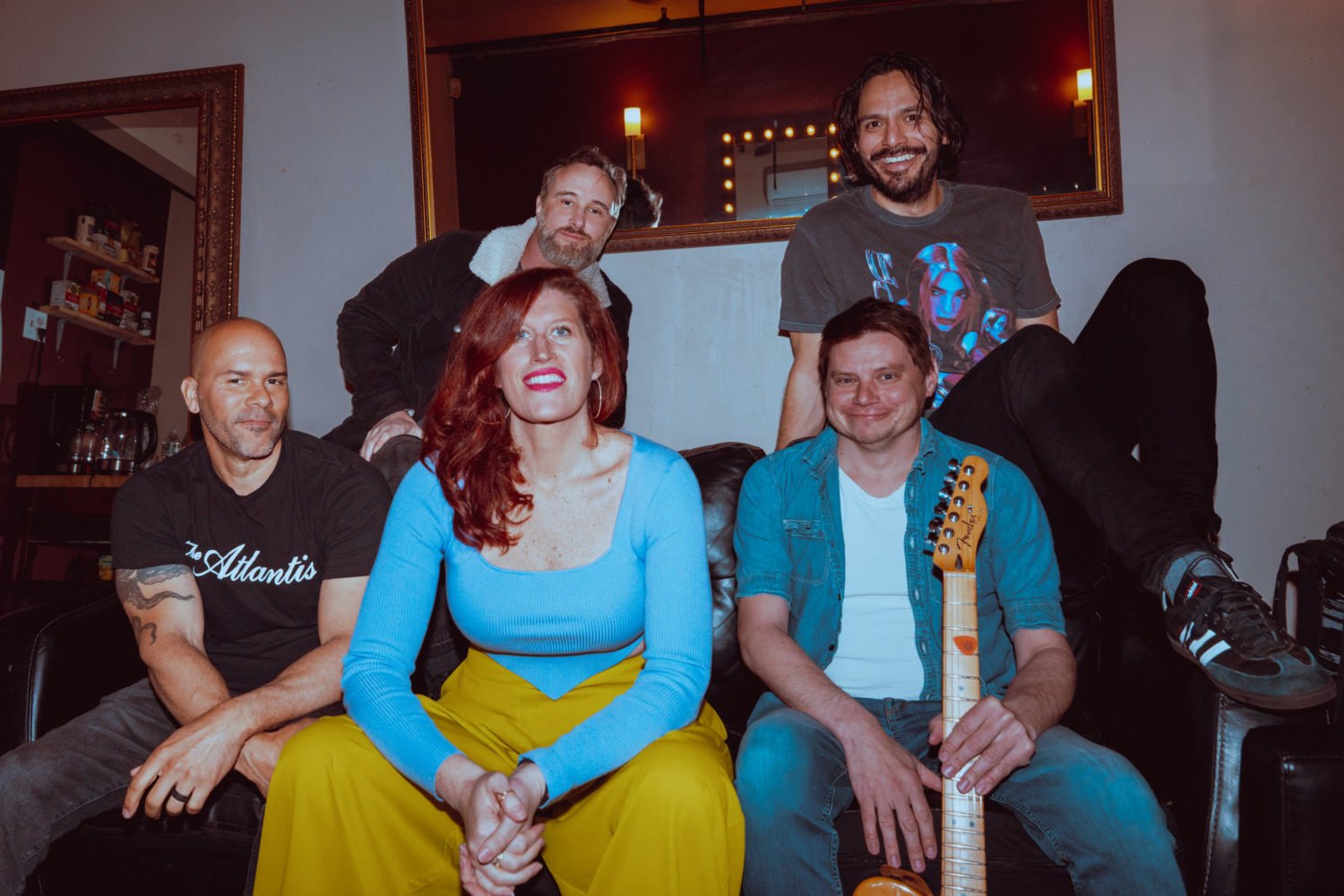Sometimes a closet is not just a closet–not when a fireplace and chair occupy one corner, birdbath-shaped sinks flank the doorway, and an antique bathtub offers views through an arched window of horse-country hills.
Interior designer Barry Dixon conceived this Romanesque refuge for his home in Warrenton, a grand stone manor he shares with his partner, Michael Schmidt.
The 320-square-foot space originally held a separate bathroom and simple walk-in closet. They tore down the dividing wall and worked with Portfolio Kitchens in Vienna to create a 12-foot-high island armoire made of carved maple. Similar cabinetry went along the walls. The design reflects the traditional look of the house–literally, because mirrors abound.
Clothing resides behind closed doors because, Dixon says, "there's something chaotic about walking into a room and seeing all those patterns." Pull-down bars allow easy access to the top tiers of apparel, much of which is Armani and all of which is impeccably placed: Tuxedos are in one cabinet, another holds 250 ties grouped into greens and blues, and, the masterfully organized Dixon explains, hundreds of shirts "are arranged to follow the chronology of the colors of the spectrum."
When John Mason, 37, moved into his Georgetown rowhouse two years ago, the home featured an almost 400-square-foot dressing room with white wooden wardrobes. Mason, a real-estate investor and a bachelor, wanted a more contemporary design, but, he says, "I didn't want it to look like a closet, because it's the entrance to the bedroom."
DC designer Vincent Sagart brought in freestanding cabinets to create, as he puts it, the "look of a wood-paneled study." The cabinet doors, painstakingly cut from Italian cherry, open to reveal orderly rows of dress shirts, jeans, and enough khakis to fill a J. Crew catalog.
The overall effect evokes a men's lounge crossed with a boutique-hotel lobby, an unfrilly atmosphere enhanced by a fireplace, a color palette heavy on browns and neutrals, and–hidden in one cabinet–a flat-screen TV so Mason can watch the morning news as he dresses for work.
There's also a well-stocked bar designed to mimic a hotel minibar. "That was important," he says. "You don't want to have to go downstairs to get a drink."

















